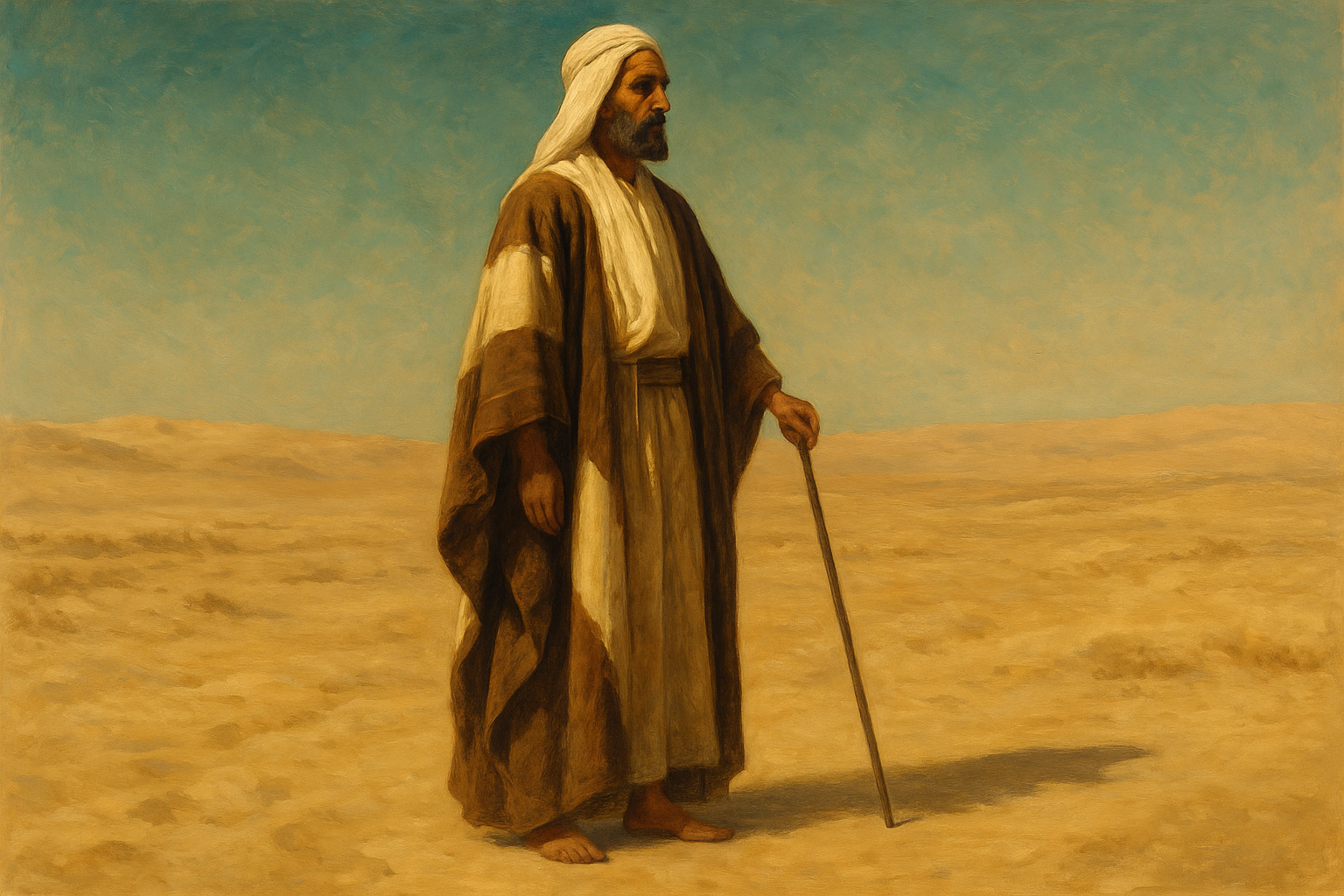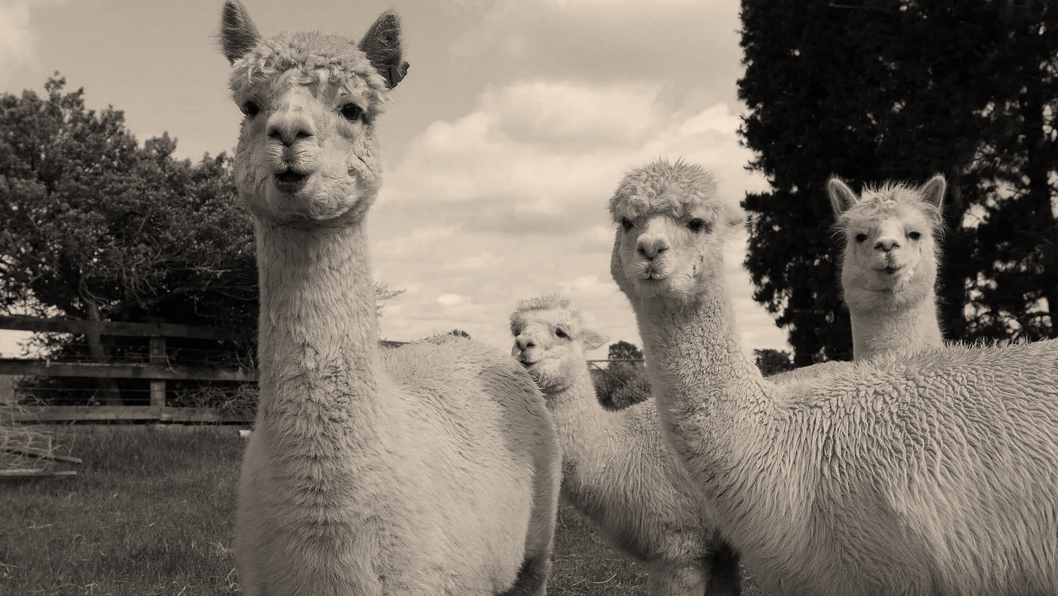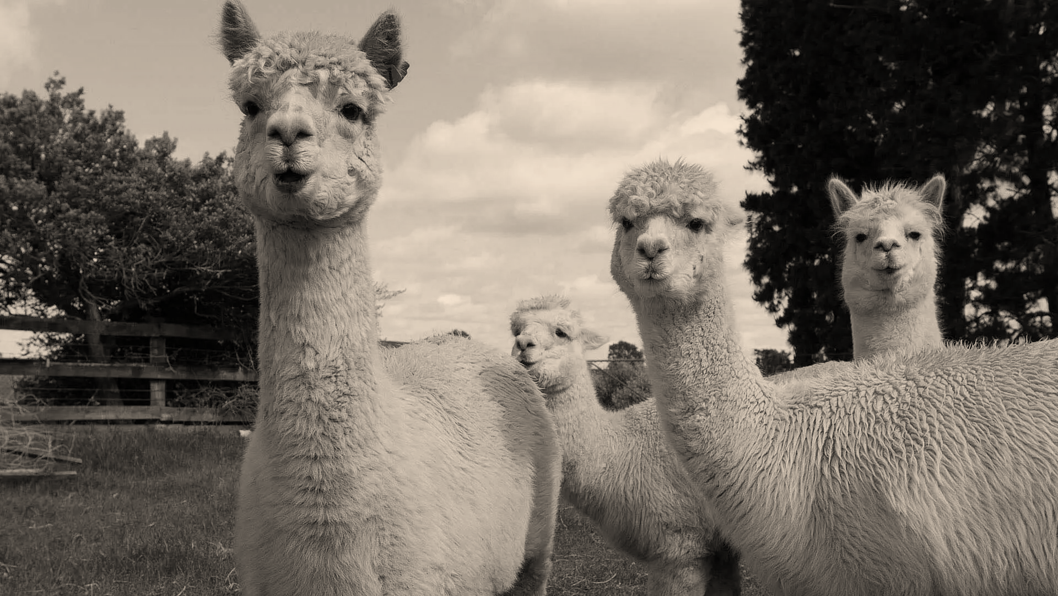Throughout history, what people wore was shaped by where they lived. From the icy steppes of Central Asia to the equatorial humidity of West Africa, garments were never just aesthetic choices - they were survival tools, cultural markers, and craft legacies. Each region developed its own material story, deeply tied to climate, resources, and trade. The Gulf thobe, sleek and minimal, is just one thread in this rich global tapestry.
Asia’s Layered Wisdom: Silk, Cotton, and Structure
In East Asia, the kimono of Japan and the hanbok of Korea evolved from centuries of refined tailoring. Kimonos, traditionally made from silk, were ideal for Japan’s temperate seasons - warm in winter and breathable in summer. Each pattern and thread weight told a story, not only of class and occasion, but of regional identity.
China’s long robes and tunics were woven from fine silks cultivated in the south. The fabric, prized globally, was both status symbol and export commodity, giving rise to one of the world’s most ancient textile economies. The breathable weave and natural thermoregulation of silk made it suitable across the country’s varied climates.
South Asia developed a different logic. With tropical heat and monsoon cycles, light cottons became the dominant textile. The Indian subcontinent became the global heart of cotton cultivation and weaving. The kurta, sari, and lungi were all optimized for airflow and moisture absorption - loose-fitting and tailored to sweat-heavy climates.
Africa: Bold Prints and Breathable Forms
Across Africa, material and form followed function. In North Africa, flowing robes like the djellaba were crafted from wool or linen to guard against Saharan winds and scorching heat. Meanwhile, in West Africa, boubous and kaftans were stitched from light, vibrantly patterned cottons. Color held symbolic meaning, but the structure was always about breathability.
Kente cloth, one of the most iconic West African textiles, was originally woven from silk and later cotton. Its tight weave and vibrant palette reflected social status while maintaining thermal balance in equatorial zones.
In the highlands of Ethiopia and Eritrea, handspun cotton was woven into shamma and netela - lightweight wraps that kept sun at bay during the day and provided coverage during cooler nights.
Europe and the Logic of Layers
In colder climates, fabric innovation focused on insulation. In medieval and early modern Europe, wool was the fabric of the masses. Garments like cloaks, tunics, and doublets were made of layered woolen cloth, sometimes lined with linen or fur. The colder the environment, the thicker and more layered the textile.
The Industrial Revolution would later transform European fabric culture, introducing spinning machines and standardized looms that shifted textile production from artisan to industrial - a shift that would ripple into the rest of the world, including the Gulf.
The Americas: Indigenous Fibers and Modern Blends
Pre-colonial cultures in the Americas used local fibers like alpaca, llama, and cotton. In the Andes, the poncho was developed from tightly woven alpaca wool - perfect for high-altitude chill and rain. In Mesoamerica, lightweight cotton tunics suited the humidity and sun. Native textiles often included natural dyes, both for aesthetics and cultural symbolism.
Today, modern North and South American clothing is globally hybrid—industrialized, brand-driven, and based largely on cotton, denim, and synthetic blends.
The Gulf: Minimalism Rooted in Function
Amid this global variety, the Gulf thobe stands out for its simplicity. But that simplicity is deliberate. Developed in one of the hottest and most arid regions in the world, the thobe evolved as a practical garment that balanced dignity with climate functionality.
The loose silhouette allows air to circulate freely, while the long sleeves and full coverage protect against sun exposure. Historically made from wool or hand-woven cotton, modern thobes now rely on premium cotton, poplin, or light blends - often imported from Italy, India, or Japan. Their breathability and structure are carefully matched to seasonal needs.
Global Fabric, Local Identity
In a world increasingly shaped by global fashion trends, the thobe remains a powerful example of a garment rooted in place. It shares much with its global cousins - loose forms like the Indian kurta, the African kaftan, and the East Asian robe - but its design logic is uniquely suited to desert life.
Today, Gulf consumers are redefining tradition - not by abandoning it, but by elevating it.


